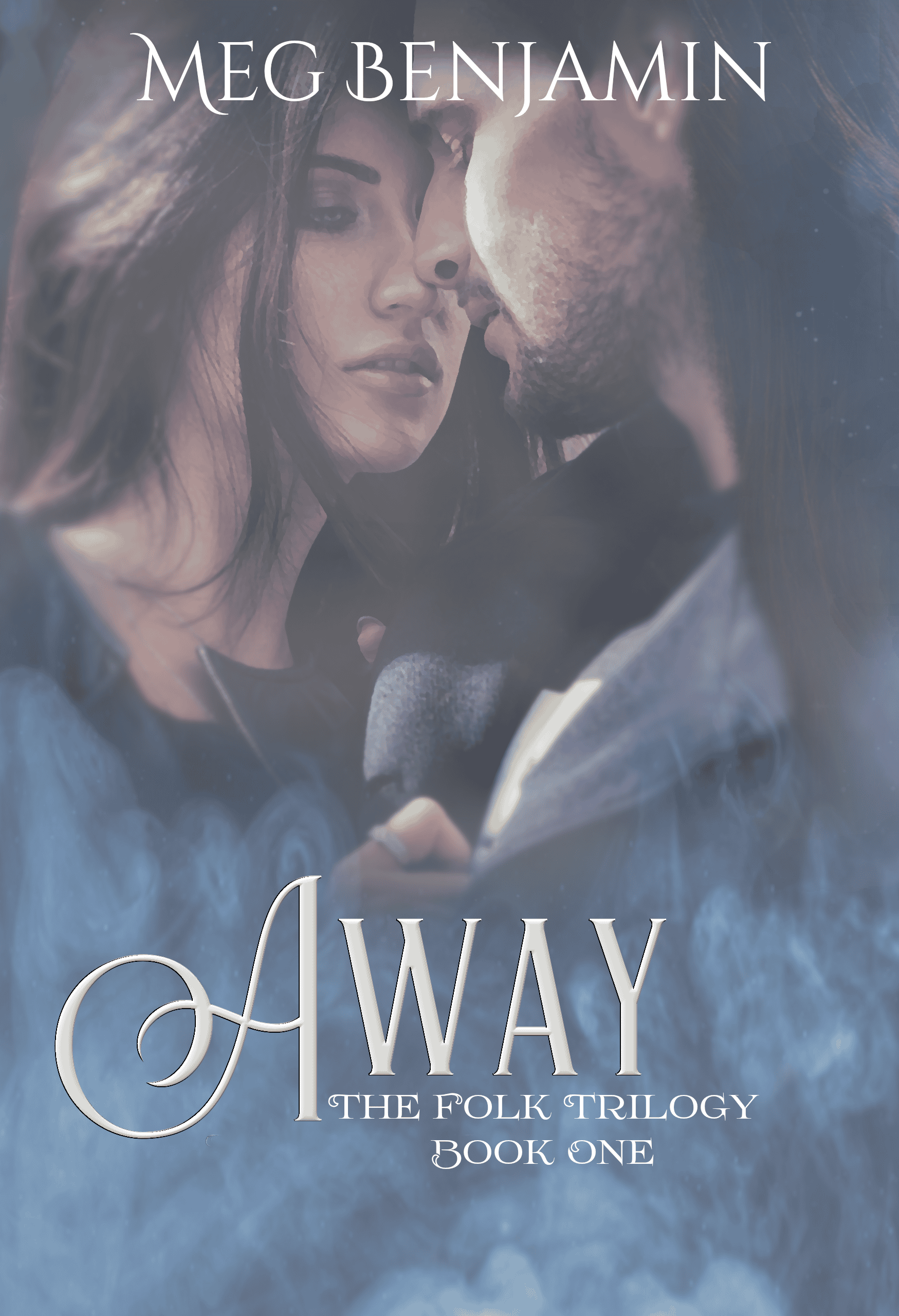Headhopping Down the Bunny Trail
Headhopping is one of those terms that’s well known to most people in the romance-writing community and probably unknown to anyone who isn’t part of it. It refers to shifting point of view from one character to another within a scene, and it’s a no-no. Actually, no-no is too mild. It’s a Mark Of Cain, absolutely forbidden, something that loses you major points in contests, that will convince editors and agents you’re incompetent, and that will result in your never, ever getting that contract you want so badly.
If you’re going to change POV for some reason within a single scene, you must indicate that you’re changing it by inserting a space between sections, perhaps even including a line of asterisks, to indicate that you’re switching POV quite deliberately. And once you’ve switched, you can’t switch back unless you go through the same business again with the spaces, asterisks, etc. Too many of these switches and your scene’s going to start looking like something out of a gossip column.
Everybody agrees that headhopping is evil, and that’s all there is to that. Or rather, it would be all there is to that if it weren’t for one large exception to this general rule, i.e., Nora Roberts.
Roberts headhops. She does it with abandon in every book of hers I’ve ever read. You’ll be reading along in one character’s POV and then the next paragraph will be in the other character’s POV. You’ll stay there for a few more paragraphs and then, as often as not, you’ll switch right back. No spaces, no asterisks, no nothing. Headhopping with a vengeance.
Now if it were just Nora Roberts who did this, we could probably come up with something we could call the Nora Roberts Exception. But she isn’t. Several other bestselling authors do it too. And yet they’re all doing something that should get them drummed out of the romance writing pantheon. Does that mean that headhopping isn’t such a dreadful crime?
Well, no. Not exactly. The reason headhopping is so strongly discouraged is that it potentially causes serious problems for readers. If you’re not anchored securely in one particular point of view, you can easily become confused about what’s happening and why. Now sometimes that’s precisely what the author wants, which is why writers like Faulkner play around with POV so frequently. But most romance authors aren’t interested in confounding our readers—we’re concentrating on the story and we don’t want to lose anybody.
Other aspects of POV are also very, very tricky, even if you follow the rules about not headhopping. Most romances are done in third person (except for Chick Lit, which is usually in first). It’s axiomatic that you can’t switch POV in first person, but even that’s not exactly true. Margaret Maron uses both first and third person in her Deborah Knott books (first for Deborah, third for her husband Dwight), although never in the same chapter. Since there’s clearly a shift in person, you’re not likely to become confused. In contrast, Alan Gordon has two first person points of view in his Jester books, Theophilus and his wife Claudia. He confines each voice to separate chapters, but even then it’s sometimes confusing when you lose track of which “I” is which. Even spacing out alternate points of view may not be enough.
POV is one of the most important, and slipperiest, parts of writing. Roberts and her fellow headhopping writers succeed because, despite the movement back and forth between points of view, you’re never confused about whose eyes you’re looking through. The rest of us struggle, perhaps because we’re not quite that skillful.
So budding romance novelist, you’re right to be confused when your critique group climbs all over you for headhopping. You’re right when you say that Nora Roberts does it. But you’re not right when you argue that you should do it too. Trust me, getting POV to work is harder than it looks. And putting in those spaces and asterisks is one way to keep yourself on track, even if it is a pain in the tuchas.
Posted in Blog • Tags: headhopping, On Reading, On Writing, point of view | 5 Comments









I’ve been reading Romance since the 80s and recently picked up a much older book off my shelves. The headhopping was rampant. Picked up another and it was there too. I didn’t notice when I originally read these book all those years ago, and I likely wouldn’t have noticed now if this rule hadn’t been beaten into me as an aspiring writer.
What I often wonder is when this rule came into being. I still enjoy Nora’s books and rarely if ever notice the hop. I do switch POV in the middle of long scenes, but never more than once. For me, it’s not hopping if it’s one shift and it’s done clearly enough.
But you’re so right about the sticklers on this. Which is probably why I don’t enter contests. 🙂
I’m with you–I have no idea where the rule came from, and I read Nora with great enjoyment. But I also know one absolute stickler (you know her too) who swears she can’t read Nora because the head-hopping bothers her so much.
I know several people with that opinion, actually. LOL! Though I have one friend who just doesn’t like Nora’s voice. HOW could you not like Nora’s voice?? Just goes to show, no one can please everyone. Not even Nora. (And I’m sure Nora would be the first person to tell you that.)
I love this blog about head-hopping. My book, which is going to be published next February, is written in first person, and third. My heroine is first person, the hero is third.
Before finding a publisher, I entered my baby in some contests, to put my toe in the water (so to speak) and get some reaction to this daring escapade.
I got reaction. Judges loved the story. Loved the characters. But, and here’s the caveat, I would have to change my whole manuscript to third person if I wanted to see it published.
I knew this story could be done with two separate POV’s, because it was how the characters spoke to me. I truly believe we will see some more traditional rules being broken in the future, and if done well, can make for a whole lot of fun reading.
This is a great example of how the “rules” go out the window with the right publisher!